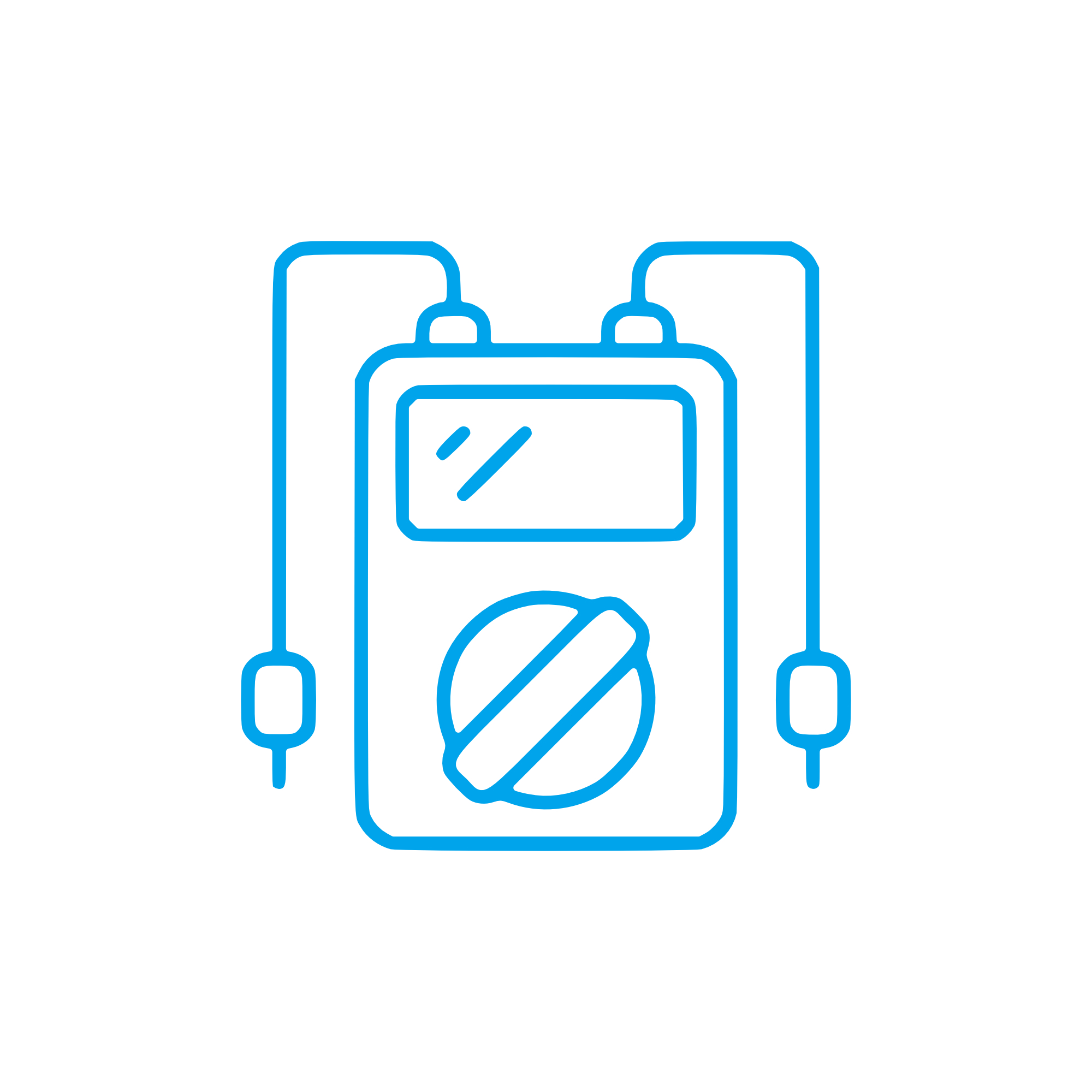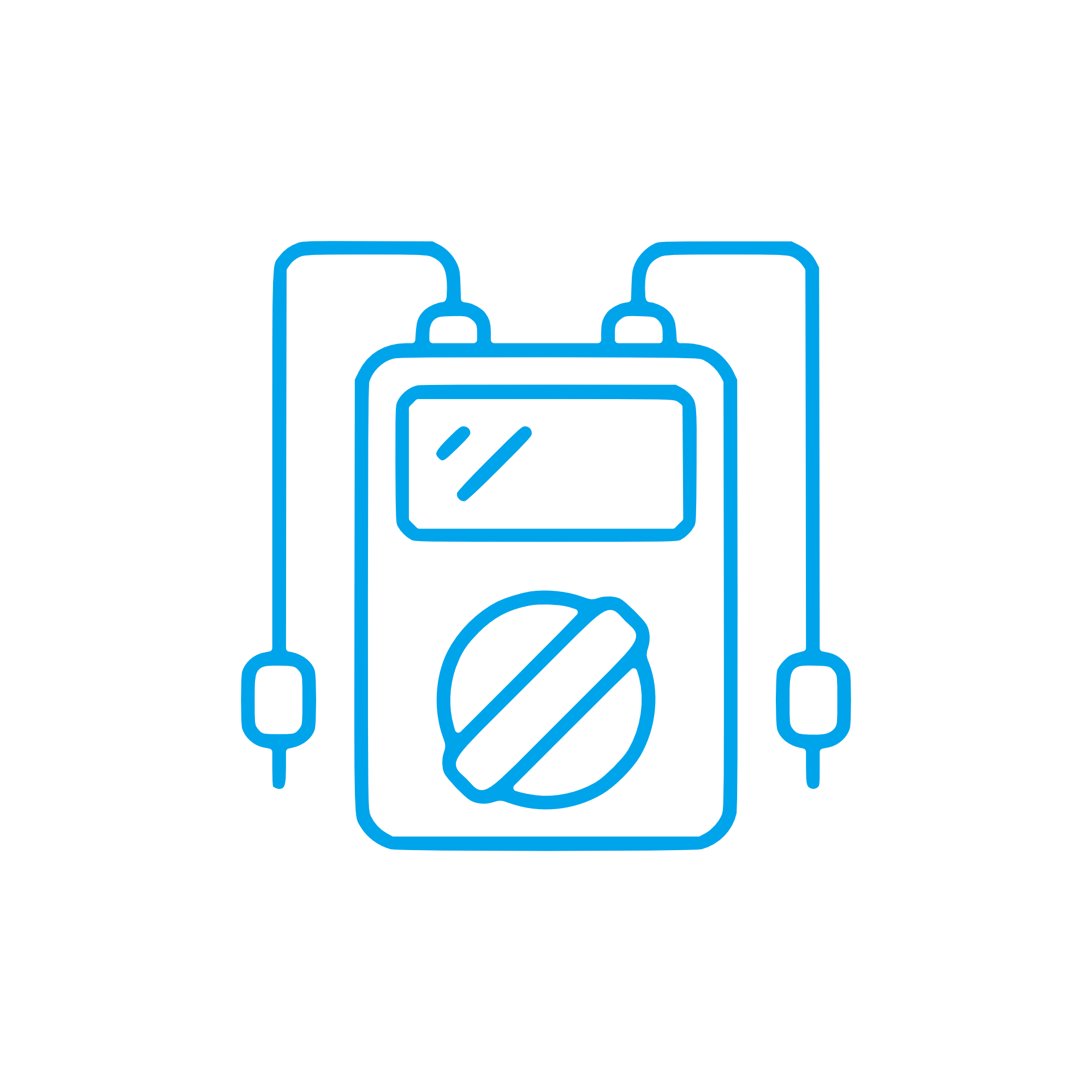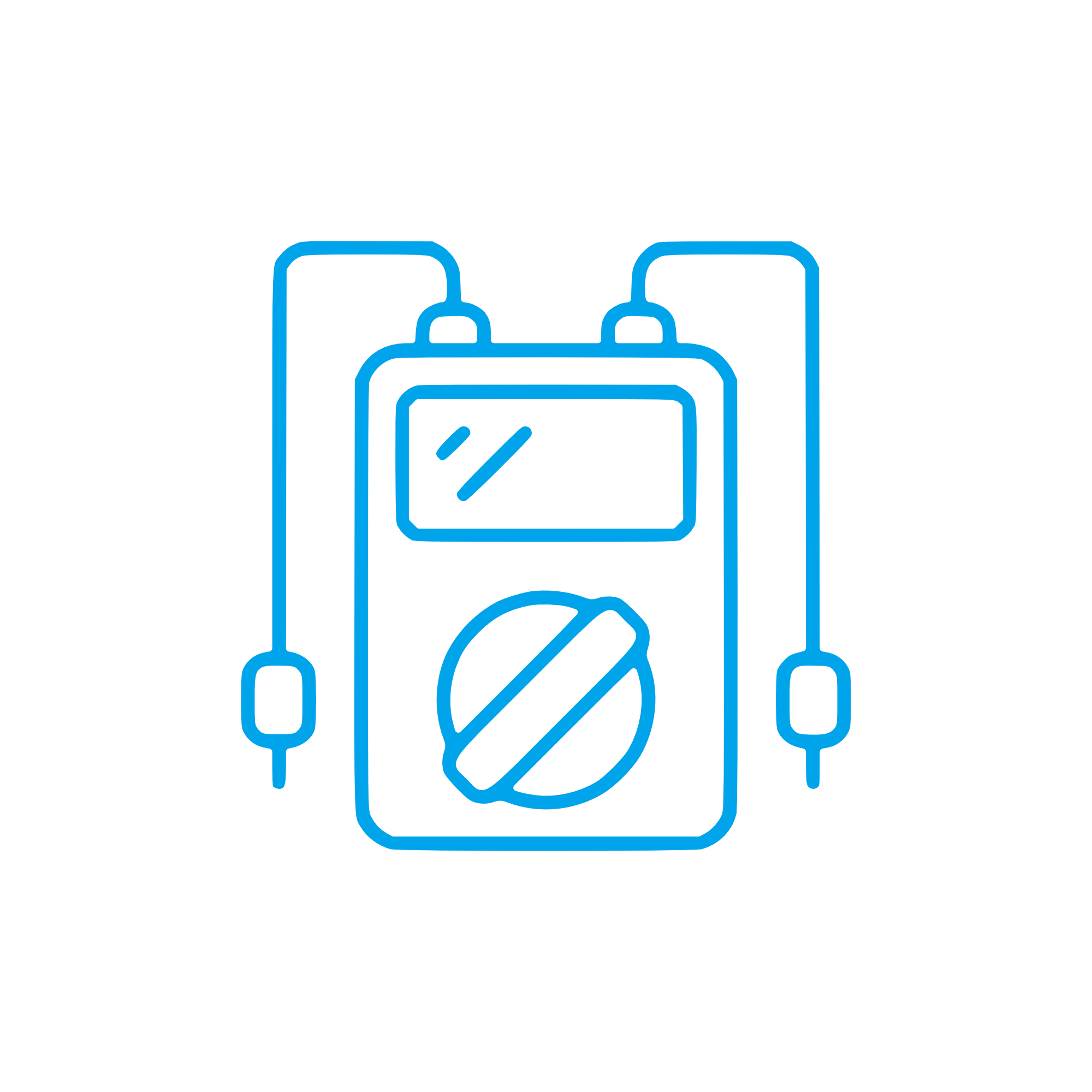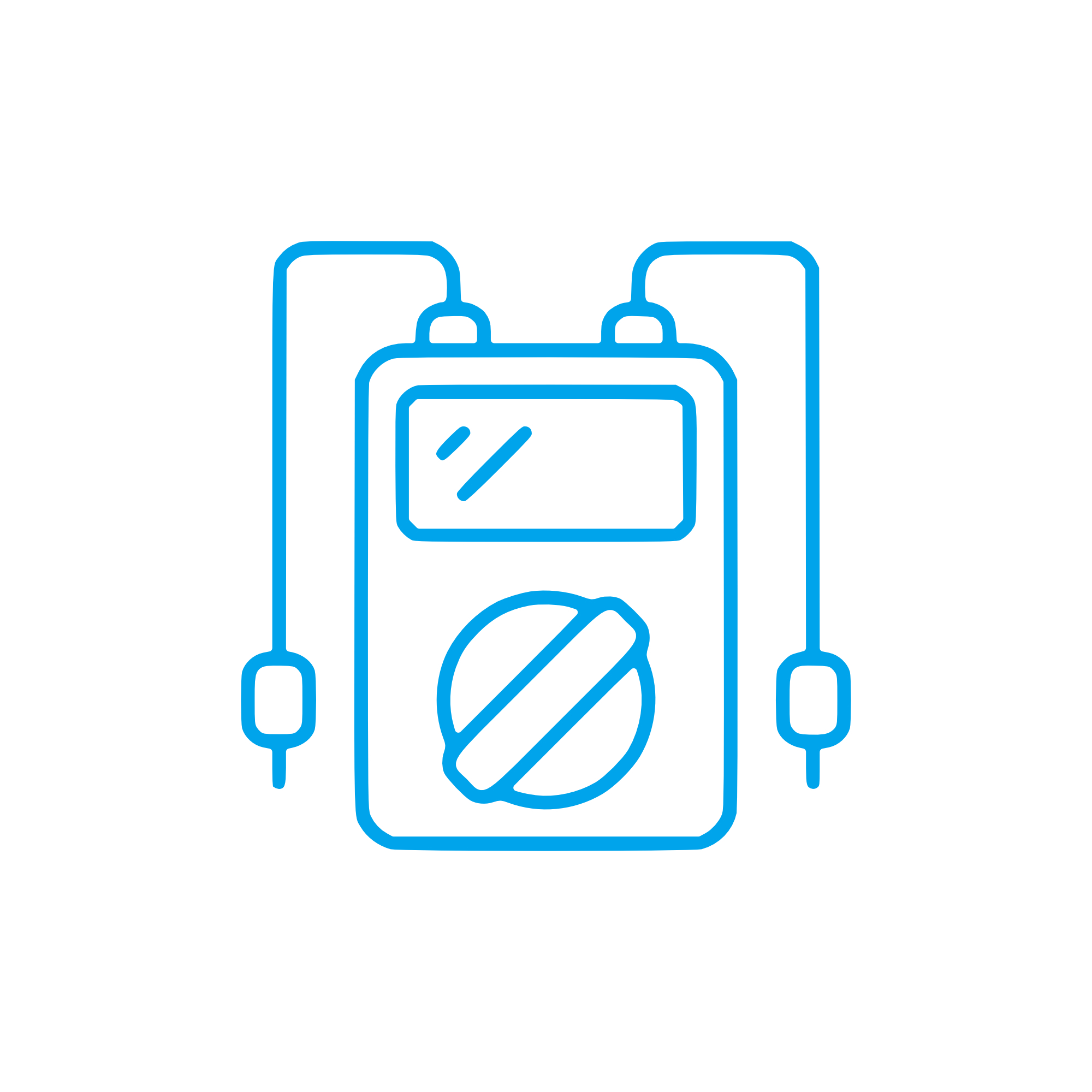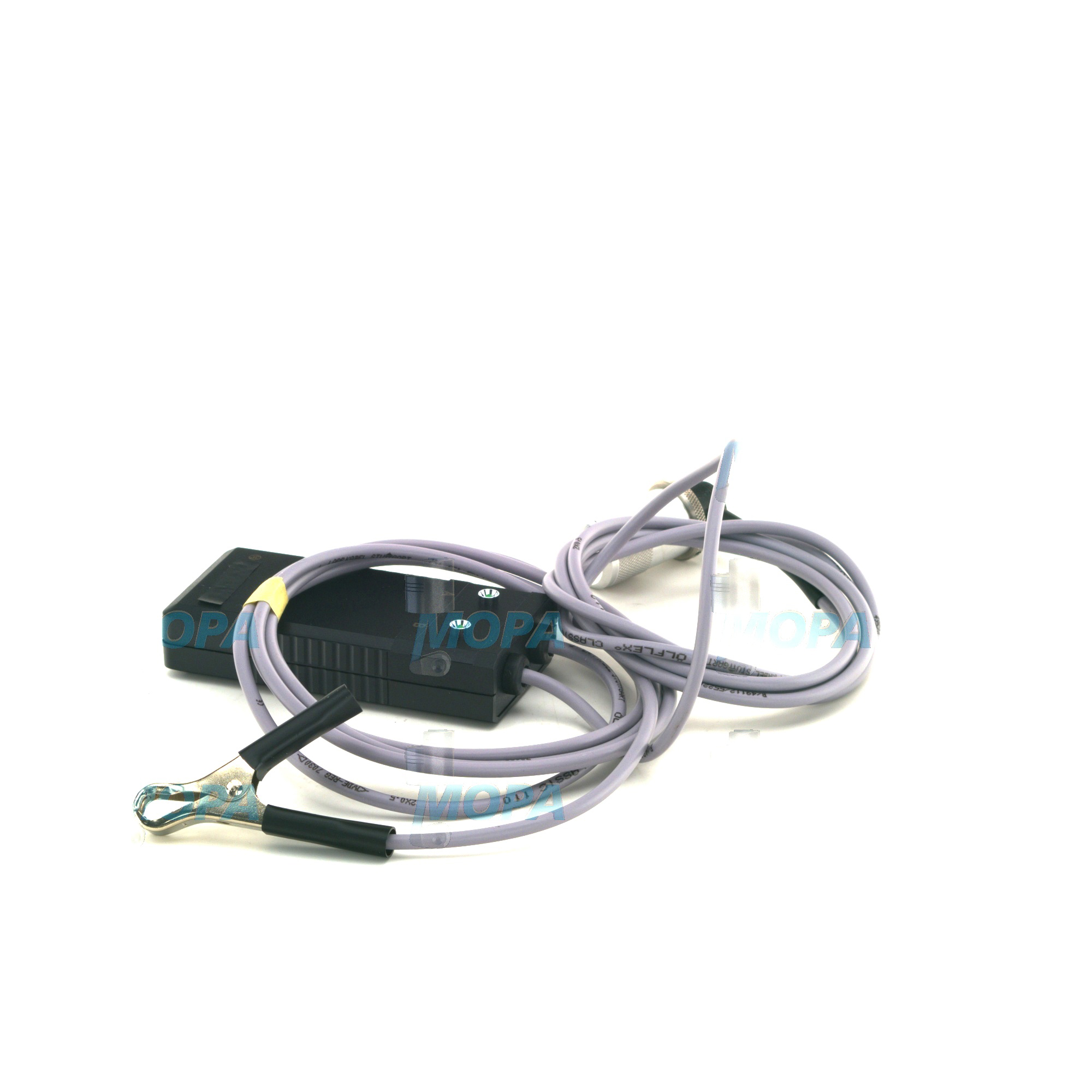TESTING DEVICE Gauges and Sensors for Marine and Diesel Engines
Gauges and sensors are the nerve endings of any powerplant. In marine and diesel engine environments, they continuously measure pressure, temperature, speed, vibration, level, and flow, and translate these values into actionable data for operators and engine control units (ECUs). As a component category, gauges and sensors include analog panel gauges, digital indicators, transmitters, pickups, and smart devices connected via CAN bus (e.g., J1939) or other industrial protocols. Without them, there is no reliable feedback loop—no way to maintain safe lubrication, proper combustion, or compliant emissions.
In fleets and power generation, the performance of a propulsion or genset package is only as consistent as the accuracy of its instrumentation. That is why robust, corrosion-resistant, shock-rated gauges and sensors, validated with a TESTING DEVICE in a marine engine or diesel engine context, are a critical foundation for uptime, efficiency, and safety.
Technical function of gauges and sensors — TESTING DEVICE insights for marine and diesel engines
At the core, gauges and sensors convert physical quantities into readable signals. Pressure transmitters transform oil, fuel, and boost pressure into 4–20 mA or 0–10 V outputs; temperature elements (PT100, PT1000, NTC) capture coolant, charge-air, bearing, and exhaust values; magnetic pickups register crankshaft speed and phase; accelerometers monitor vibration on blocks, gearboxes, and turbochargers. Panel gauges and digital displays present these measurements to operators, while the ECU uses them to regulate injection timing, fueling, turbo control, and protection functions.
Integration typically follows this path: sensing element → signal conditioning → transmission over shielded cables or CAN → ECU/indicator → alarms and shutdown logic. In a marine engine room, housings and connectors must withstand salt mist, high humidity, and temperature cycling. Proper IP ratings (often IP67/IP68), EMC robustness, and mechanical resilience under IEC/EN 60068 test regimes are essential. A calibrated TESTING DEVICE for diesel engine systems helps technicians validate sensor linearity, check scaling on gauges, and confirm ECU input mapping during commissioning or refits. The same TESTING DEVICE, paired with OEM parts, expedites root-cause analysis—separating wiring faults from transducer drift.
- · High accuracy across the full measurement range.
- · Fast response for transient events (e.g., turbo surge, pressure spikes).
- · Robust sealing and corrosion resistance for marine environments.
- · Stable calibration with low long-term drift.
- · EMI/EMC compliance for reliable signals near high-current equipment.
- · Standard outputs (4–20 mA, 0–10 V, CAN J1939) for easy integration.
- · Shock and vibration resistance for engine-mounted locations.
- · Clear operator indication and alarm setpoint precision.
- · Traceable documentation for maintenance and audits.
- · Compatibility with TESTING DEVICE procedures during service.
Why gauges and sensors are vital for engine reliability and service life
Accurate instrumentation protects the engine from hidden damage. An oil pressure sensor that tracks real pressure avoids bearing starvation; a coolant temperature element prevents thermal stress and head warping; EGT and cylinder temperature monitoring keeps turbochargers and valves within limits; speed pickups safeguard overspeed control. When gauges and sensors degrade—through drift, contamination, connector corrosion, or mechanical fatigue—operators face slow starts, uncontrolled shutdowns, poor fuel economy, derating, or undetected overloads. In worst cases, loss of critical feedback can lead to catastrophic failure.
For marine operators, false alarms drive unnecessary port calls and delays, while missed alarms risk safety and class compliance. Routine testing with a TESTING DEVICE in a marine engine or diesel engine environment verifies sensor calibration and gauge scaling. Replacing worn units with parts that maintain fit, material compatibility, and output curves preserves the intended protection logic, extending engine life and reducing lifecycle cost.
Advantages of OEM spare parts suitable for gauges and sensors
Choosing OEM spare parts suitable for gauges and sensors ensures that each measurement point delivers dependable data under real operating loads. These parts are built to the specification that the ECU, governor, and protection relays expect—preserving setpoint integrity and alarm trip accuracy. A TESTING DEVICE with OEM parts validation helps confirm that dimensional interfaces, connectors, pinouts, and signal characteristics match the installed system, preventing mismatches that cause nuisance faults.
For purchasers and technical managers, the benefits are tangible across performance, reliability, budget, and service life:
- · Performance: Correct scaling and response times sustain optimal combustion and turbo control.
- · Reliability: Materials and sealing suited to heat, vibration, and saline atmospheres.
- · Budget: Lower downtime and fewer unscheduled interventions reduce operating cost.
- · Service life: Stable calibration and wear resistance protect bearings, liners, and turbo hardware.
- · Compliance: Traceable specs and testing support audits and class requirements.
- · Integration: Plug-compatible connectors and signal types simplify change-outs.
In practice, an oil pressure transmitter or charge-air temperature sensor that matches the ECU’s expected curve ensures alarms trip where intended. That preserves both safety margins and fuel efficiency—no over-fueling due to misleading temperature data, no turbo overspeed from faulty boost feedback.
MOPA — your partner for OEM parts and TESTING DEVICE-ready gauges and sensors
MOPA supplies OEM spare parts suitable for gauges and sensors for diesel and gas engines with a focus on speed, quality, and security in every transaction. From pressure and temperature transmitters to magnetic pickups and panel indicators, MOPA streamlines sourcing with verified documentation, reliable logistics, and technical clarity. Our team supports cross-references, helps validate compatibility, and aligns supply with maintenance windows to minimize downtime.
Whether you are outfitting a newbuild, planning a dry-dock, or troubleshooting with a TESTING DEVICE on a marine engine, MOPA provides access to OEM parts that fit your instrumentation strategy. Secure procurement, consistent lead times, and attentive customer service reduce risk in critical-path projects.
Conclusion — TESTING DEVICE alignment for gauges and sensors
Gauges and sensors are the foundation of safe, efficient engine operation. Calibrated measurements—verified with a TESTING DEVICE across marine engine and diesel engine applications—protect assets and deliver predictable performance. Choosing OEM spare parts suitable for gauges and sensors safeguards accuracy, uptime, and lifecycle value, with MOPA as a dependable partner for rapid, secure supply.




